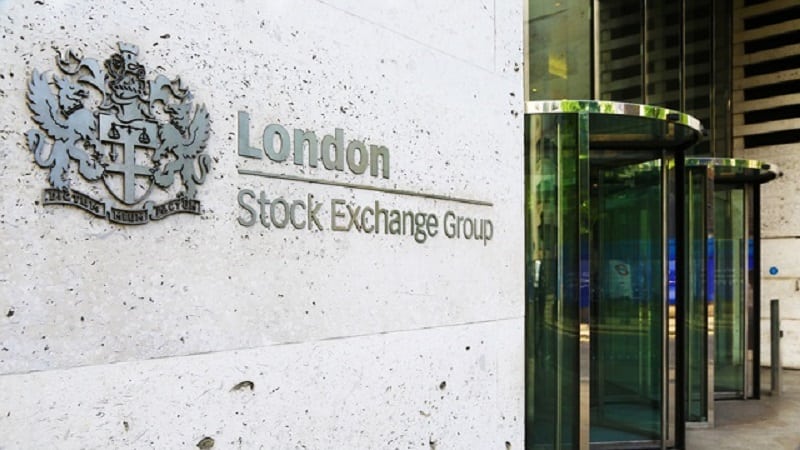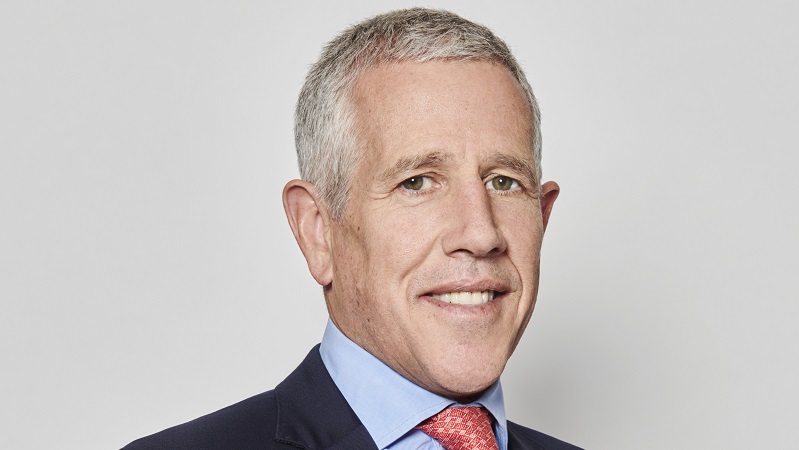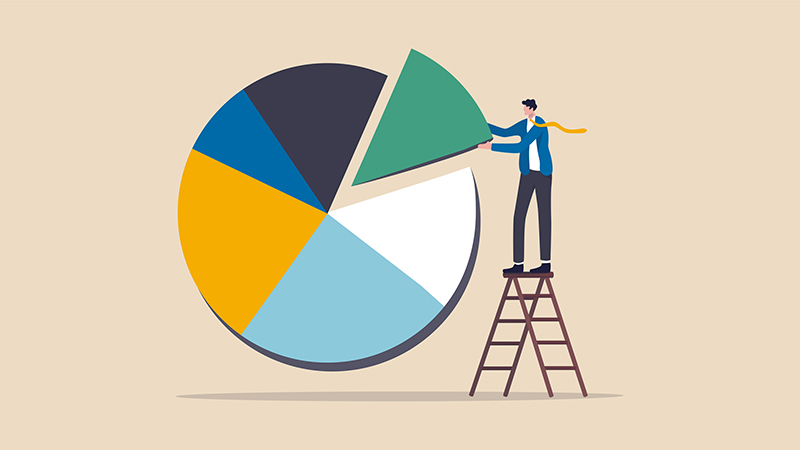Markets experts seem to be split on this question. By general consensus, one of the key measures of volatility in financial markets is the S&P 500 volatility index, or VIX.
true
As shown here, there was a sharp rise in volatility over the middle two weeks of October as markets got into a panic over whether global growth was on the skids and the possibility of a bad reaction to the end of Federal Reserve’s monetary stimulus.
Things have been much quieter however over the past few days but with many of the trouble spots around the world still in play and increasing worries about Europe and its banks, it is questionable as to whether this can last long.
According to AXA Investment Managers higher volatility is here to stay. Philippe Argou, Mathieu L’Hoir and Ombretta Signori argue that as US monetary policy normalises all volatilities will stay higher than over the past year, particularly for equities.
The trio believe that the last few years have been ‘peculiar’ in that equity, fixed income and FX volatilities are moving together, suggesting that a common set of factors are influencing them.
The factors fall into three broad categories; the position in the business cycle, market uncertainty and risk aversion, and central banks' unconventional policies. In light of this, AXA IM’s analysis suggests that fixed income volatility currently appears in line with expectations, while equity and currency volatilities have overshot expected levels.
This leads to their conclusion that as US monetary policy normalises a greater increase in volatility is expected for equities, moving from an average of 10% to 17%, than for fixed income and currencies going from 5% to 7% and 4% to 5% respectively.
Volatility, like many things, is relative. “I would not say that volatility is particularly high right now, it just seems high in contrast to the extremely low levels of the recent past,” said Axioma senior director Melissa Brown.
Brown appears to take the view that high volatility will persist over the near term but is not likely to hit the sort of highs seen in the high of the financial crisis. "Once the volatility cat has been let out of the bag, though, it is likely to at least stay at recent levels, if not go up more. In the absence of a major event, I do not expect it to rise to anywhere near the extremely high levels related to the global financial and European debt crises. Work we have done on the US market suggests that the likelihood of a large correction, say 10%, is still low. That is another reason I do not expect huge spike in volatility,” Brown said.
Goldman Sachs analysts take the view that the October spike is not indicative of a move to continued high volatility. They wrote in a recent client note that global ‘moderation’ may continue for some years yet and is only likely to end as a result of either the bursting of a bond bubble as interest rates finally start to rise or ‘significant further valuation expansion of equities.’
Therefore despite the recent spike, the trend of volatility is likely to remain low given solid macro stability and regulation’ and it is unlikely that market volatility will rise significantly and in a sustained way until valuations become stretched, Goldman’s analysts said.










